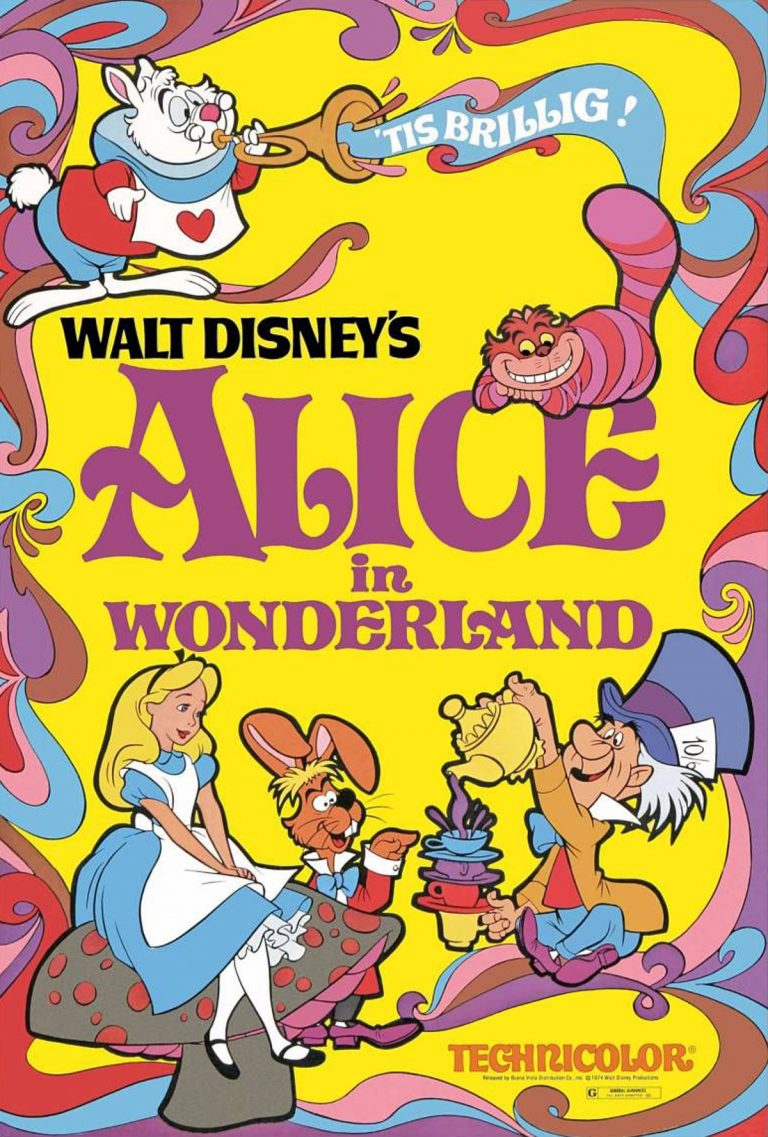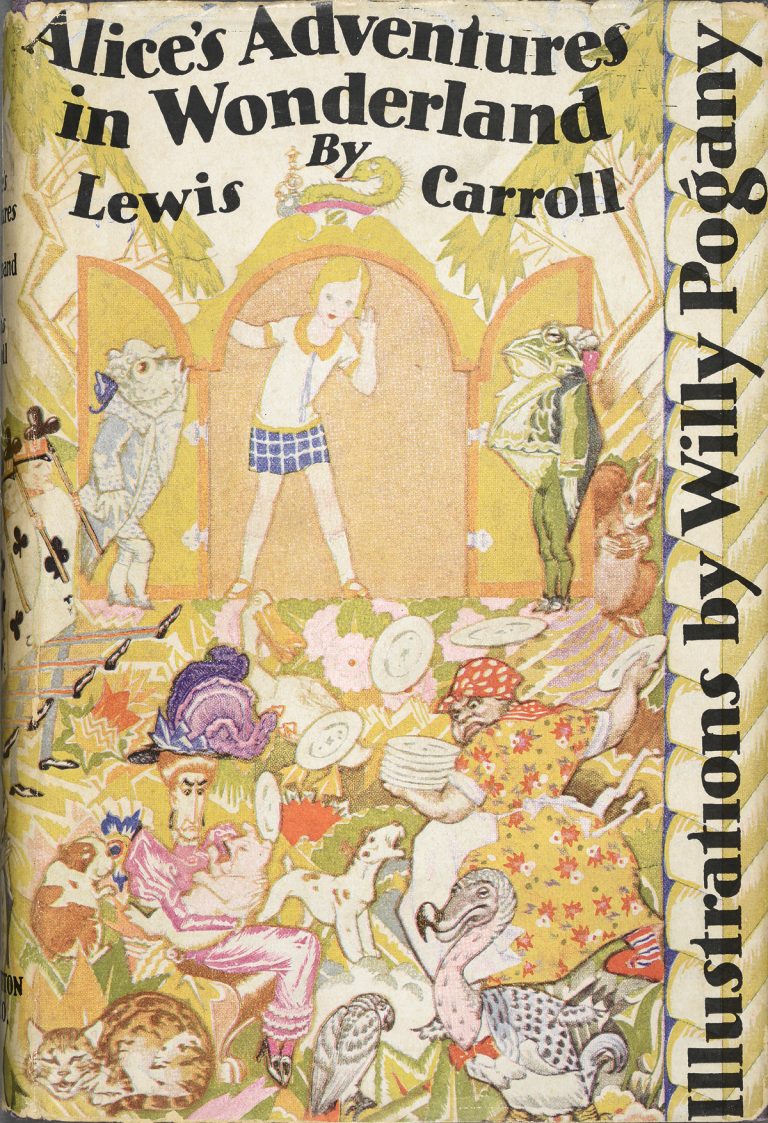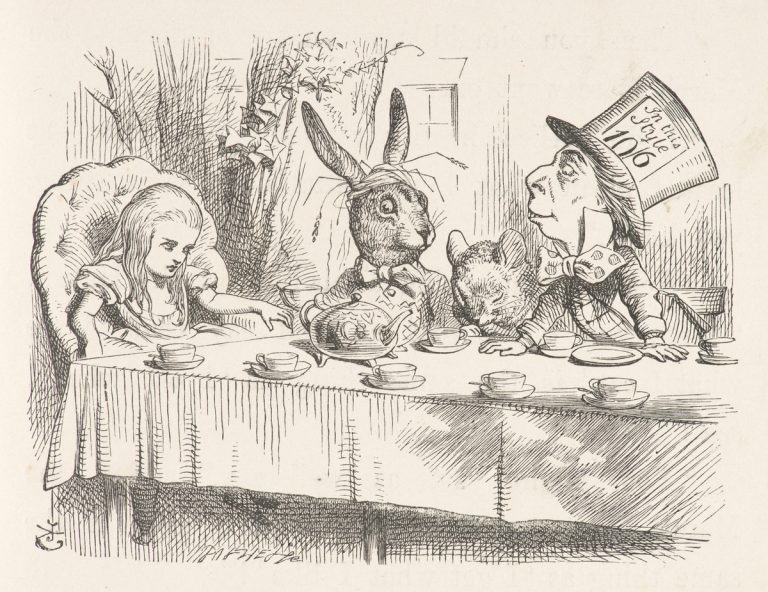Disney’s film Alice in Wonderland (1951) will kick off the Ransom Center’s Young Adventurers Film Series this Saturday at 3 p.m. Other films in the series include James and the Giant Peach (1996) on June 13, Coraline (2009) on June 20, and Where the Wild Things Are (2009) on June… read more
#aliceinaustin
Thoroughly Modern Alice: Incarnations of Lewis Carroll’s heroine through the years
The titular heroine of Lewis Carroll’s whimsical classic Alice’s Adventures in Wonderland and its sequel Through the Looking-Glass has changed to reflect the aesthetics of the times outside her fictional word. The fantastical nature of the story allows a certain freedom of temporality: although the narrative was written to occur… read more
Draw Me: A history of the illustrated Alice
Sir John Tenniel. Dalí. Yayoi Kusama. What do these artists of vastly different styles, mediums, and artistic movements have in common? Each, along with many other artists, has tried their hand at illustrating Lewis Carroll’s classic Alice’s Adventures in Wonderland, a tale so whimsical it demands illustrations. Alice appeals to… read more




